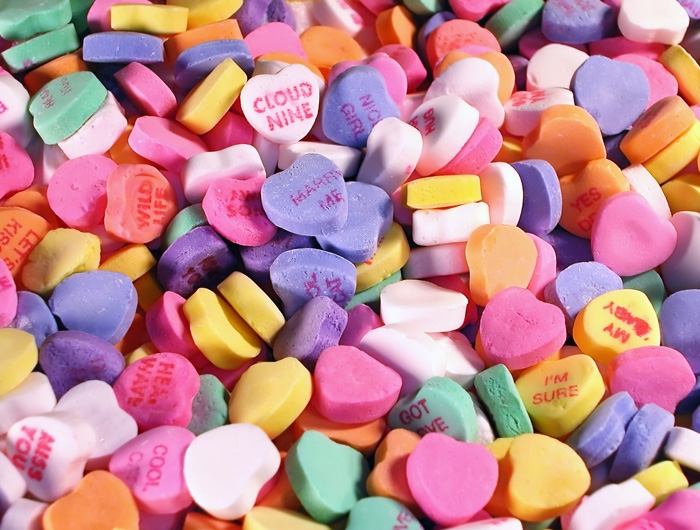Your red-hot Valentine's Day may include cancer-causing Red 3

Shane Morris - stock.adobe.com.
Make sure your red-hot Valentine’s Day plans don’t include Red 3.
As lovebirds everywhere ready themselves for a romantic evening filled with red roses, perhaps some red wine, and a pop of red lipstick, the last thing on anyone’s mind should be cancer. But thanks to FDA and the food industry, cancer is close to heart again this Valentine’s Day.
Literally.
That’s because the seasonal favorite candy, conversation hearts, contain the cancer-causing food dye Red 3.
Red 3 should have been banned from candy and other foods decades ago. Even FDA agrees.
In 1990, FDA concluded that Red 3 causes thyroid cancer when eaten by animals, based on evidence they had in their hands since the 1980s. FDA then banned Red 3 from cosmetics, but somehow they never got round to banning it in food or oral drugs. FDA promised then to “take steps” to prohibit use of Red 3 in foods and drugs…but never did.
After 32 years, we got tired of waiting. In October 2022, CSPI and 23 other organizations and scientists submitted a petition to the FDA requesting they finish what they started and finally ban Red 3 in foods, drugs, and supplements.
This seems like a pretty open and shut case, and we expected a speedy response from FDA. Months have gone by, and we still haven’t heard a “Peep.”
Children are especially susceptible to carcinogens, and of course it’s not just adults enjoying treats on Valentine’s Day. It’s not lost on us that some kids born after the FDA’s 1990 decision now have children of their own, and many of those children will be exposed to Red 3 this Valentine's Day. That’s simply inexcusable.
Of course, it’s not only the FDA’s fault. The food industry is fully aware that Red 3 is carcinogenic, yet food companies continue adding it to our foods anyway and raising spurious scientific arguments to keep the agency distracted.
While we wait (and wait…and wait) for the FDA and industry to do the right thing, the burden will continue to fall on consumers to avoid Red 3. The good news is, Red 3 has to be listed by name in the ingredient list on packaged foods, so you can steer clear of Red 3-containing foods by carefully reviewing ingredient lists before you buy. But we know how annoying and time-consuming that can be. Better yet, consider swapping candy for luscious red fruits this year—juicy strawberries, raspberries, and cherries have more to offer than chalky candy hearts!
Hopefully this is the last V-day ruined by Red 3. We’re working hard to make sure that’s the case.
FDA, are you embarrassed? You’re looking a little red in the face.


